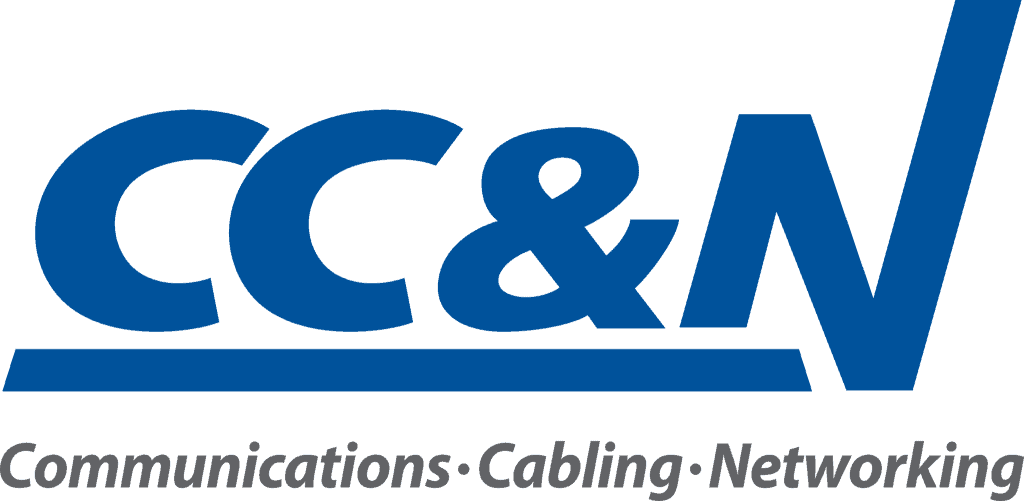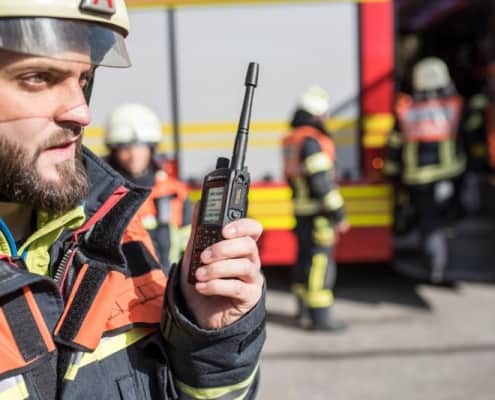P25 TRS (Trunked Radio Systems) was introduced in 1989 by the Association of Public-Safety Communications Officials. APCO is an international group committed to providing public safety expertise, professional development, and technical assistance to those in the public safety communications industries. When P25 was implemented, there were five initial principles:
- Interoperability between radios
- Spectral efficiency
- Competition in system life-cycle procurements
- Graceful migration (both forward and back)
- User-friendly equipment
P25 trunking has become the “de facto” standard for the implementation of public safety communications systems in the United States and around the world. Simply put, the P25 allows multiple users to share a trunked group of frequencies for better utilization and efficiency rather than dedicating a set group of frequencies to an agency that may or may not use what is allocated by the FCC.
Radio Frequency Communications
A Trunked Radio System is a specialized repeater system used in RF (Radio Frequency) communications systems (Police, Fire, and EMS), that incorporate multiple towers, placed in strategic geographical locations. These systems are equipped with electronics (transmitters & receivers) that utilize multiple frequencies (VHF or 700/800 MHz) and channelize semi-private conversations between individuals or groups of users bigger than the number of frequencies allocated.
P25 Phase I and Phase II
The TRS will follow the P25 standard for interoperability, efficiency, competition, migration, and user-friendliness. P25 has two main phases: Phase I and Phase II. At one point, Motorola introduced another P25 technology, X2-TDMA, but it seems that this technology was short-lived and was upgraded to the P25 Phase II standard.
The main difference between P25 Phase I and P25 Phase II is in the way the technology modulates (produces) the signals to be transmitted between radios. Phase I uses C4FM which is a Frequency Modulation protocol capable of transmitting 9600 pbs and provides a single voice channel per band. Phase II utilizes TDMA (Time Division Multiple Access) protocols capable of transmitting 12000 bps and is capable of supporting two voice channels per band.
P25 Phase II devices are not compatible with Phase I devices, but both Phases support VHF and 700/800 MHz frequency bands.
P25 Trunked Radio System Design & Implementation
Designing your P25 trunked radio system from deployment to operation, maintenance, and evolution is a very technical process that should be built around the specific need of your agency. CC&N’s team of experts can design and implement a trunked radio system that works when you need it, today and into the future.
CC&N
Brookfield | Eau Claire | Fox Crossing | Sun Prairie
CA – 1078514
An OwnersEdge Company | 100% Employee-Owned






